Apple is making significant strides in the realm of augmented reality (AR) and wearable technology. According to a recent report from Bloomberg, the tech giant is not only working on a second-generation version of its highly anticipated Apple Vision Pro headset. It is also developing a more affordable variant and an entirely new category of smart glasses. This move signals Apple’s intention to dominate the AR market and expand its portfolio of wearable tech products. Apple Developing Vision Pro 2 is a big thing.

A Second-Generation Vision Pro and a Budget-Friendly Variant
The first-generation Apple Vision Pro, will be followed by a second-generation model.
This upcoming version will build on the innovations of the original. It will introduce enhancements in display quality, processing power, and user experience.

In addition to the Vision Pro 2, Apple is reportedly working on a more budget-friendly option, tentatively named the “Apple Vision.” This variant aims to bring the AR experience to a broader audience. It does so by offering a more affordable price point without compromising too much on essential features. The Apple Vision Pro 2 could launch as early as 2025. It would cater to consumers who are eager to explore AR technology but hesitant to invest in the premium-priced Vision Pro.

Entering the Smart Glasses Market
Beyond the Vision Pro series, Apple is also exploring the “smart glasses” segment. This market is currently represented by products like Meta’s smart Ray-Ban glasses, which start at $329. Details about Apple’s smart glasses, potentially named “Apple Glass,” remain scarce. The company is reportedly facing several technical challenges that have delayed its development. Unlike the Vision Pro headsets, which are designed to offer a full AR experience, Apple Glass will be a lighter, more everyday wearable device. It will focus on notifications, basic augmented reality features, and seamless integration with other Apple products.
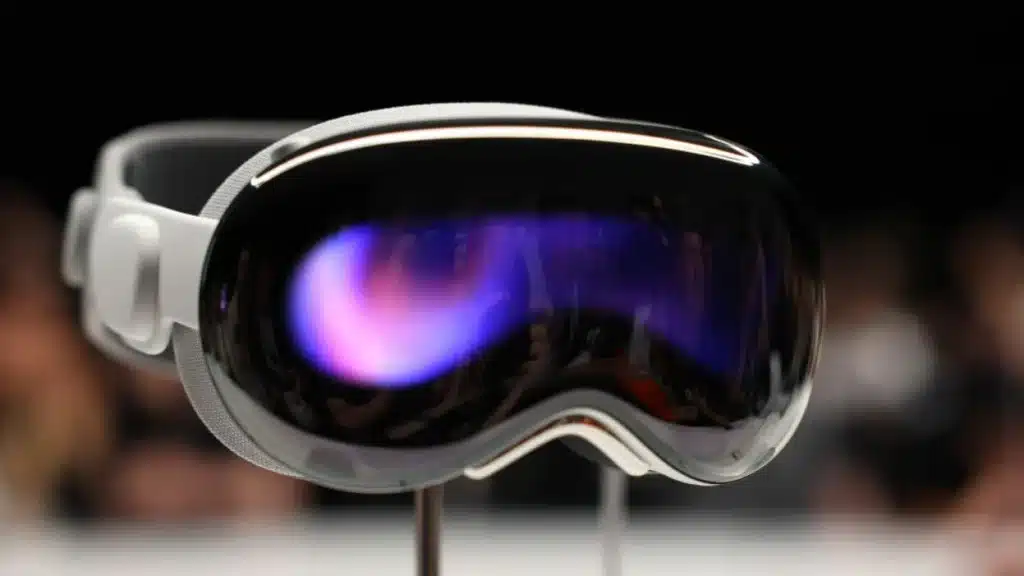
The development of Apple Glass appears to be in the early stages, with no defined timeline for its release. The ambition to transform these glasses into a genuine AR device has been postponed. This is due to various technical difficulties, pushing its potential launch date further out, possibly beyond the release of the next-generation Vision Pro and the budget-friendly Apple Vision.
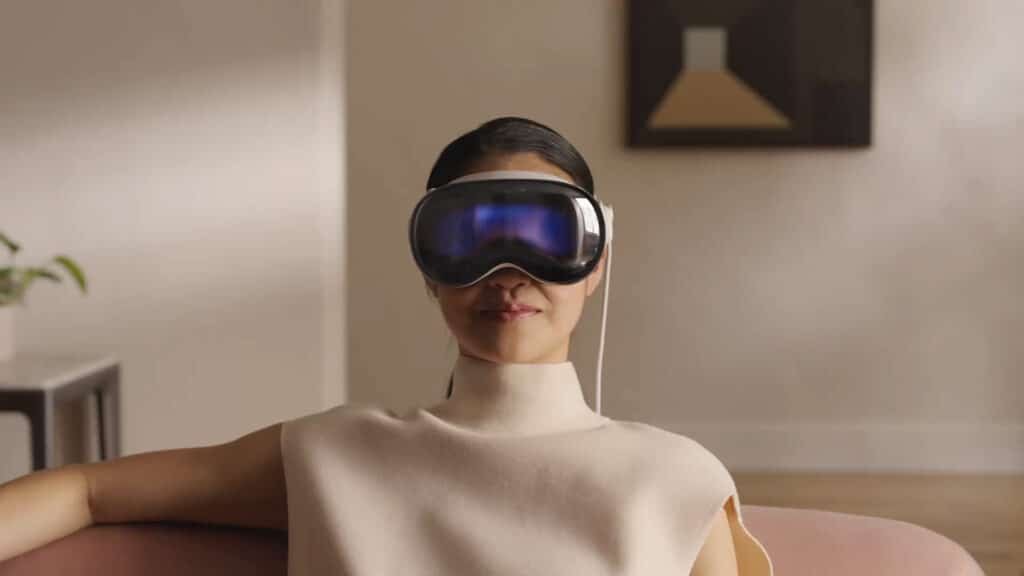
Supply Chain Adjustments and OLED-on-Silicon Panels
As Apple gears up for these ambitious product launches, the company is adjusting its supply chain strategically. Particularly, it is sourcing OLED-on-Silicon (OLEDoS) panels, which are crucial for the Vision Pro headset. Currently, Sony supplies these advanced microdisplays. However, their production capacity is limited to approximately 900,000 panels annually. This limitation has prompted Apple to seek alternative suppliers to meet the expected demand for its AR devices.
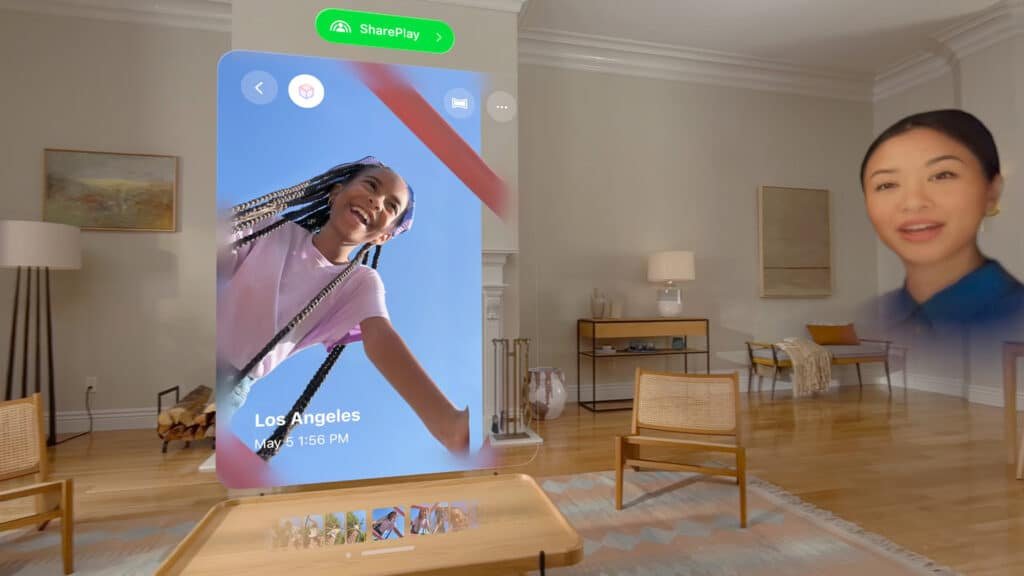
Reports indicate that Apple has issued a request for information (RFI) to both Samsung Display and LG Display. Apple is evaluating their potential for manufacturing larger OLEDoS panels, specifically in the 2.0 to 2.1-inch range, with a display density nearing 1,700 pixels per inch (PPI). This shift in supply chain strategy suggests that Apple is committed to advancing its AR headset technology. It is also working to make it more accessible to a wider audience through cost-effective production methods.
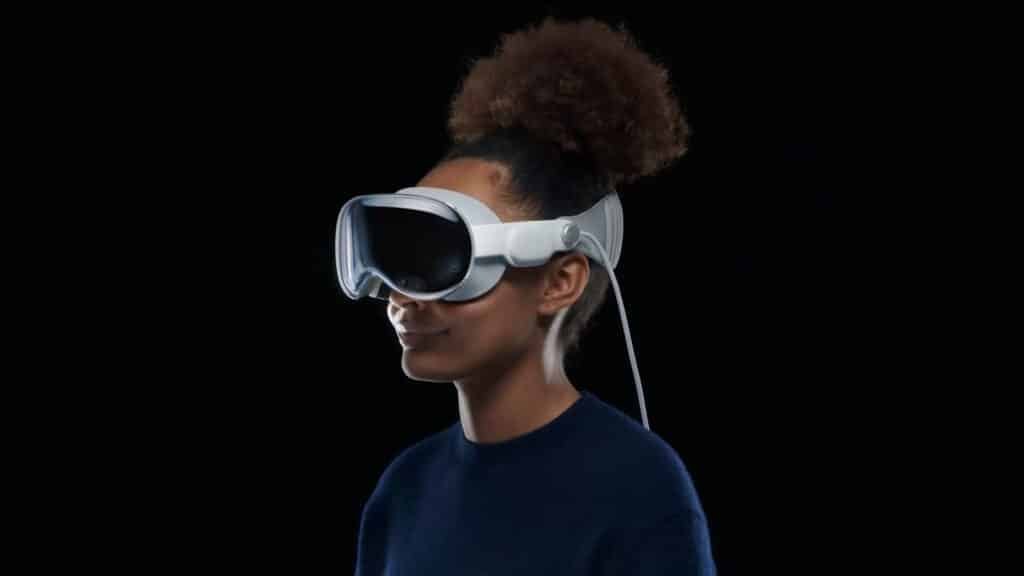
The Future of AR at Apple
Apple’s ongoing development of the Vision Pro 2, the budget-friendly Apple Vision, and the innovative Apple Glass highlights the company’s dedication to leading the AR and wearable technology markets. By diversifying its product lineup and exploring new categories, Apple captures a significant share of the AR market. This market will grow substantially in the coming years.
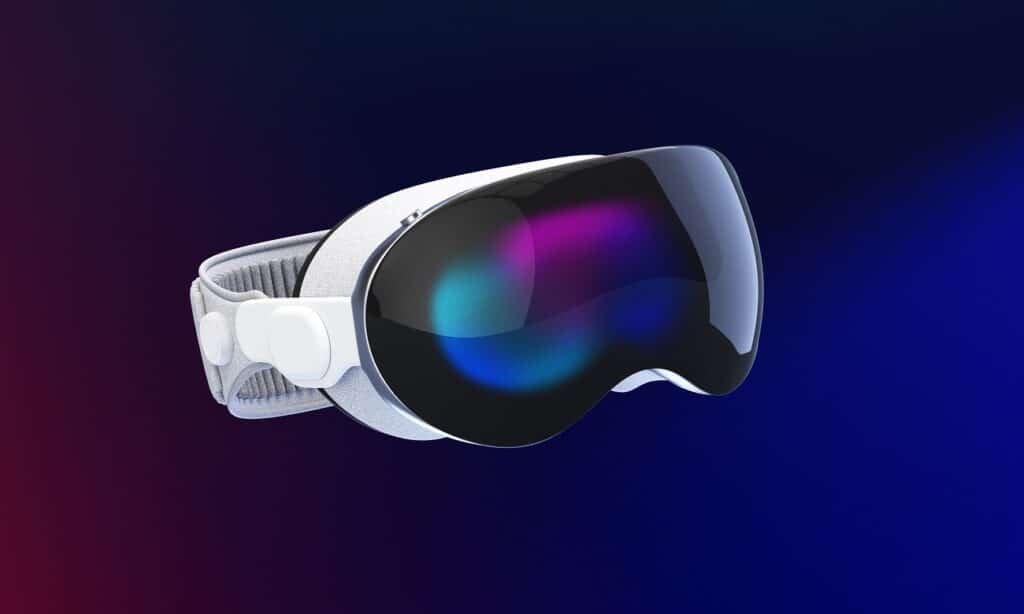
While the exact timelines for these products remain uncertain, the advancements Apple is making in AR technology and its strategic supply chain adjustments indicate that the company is serious about bringing cutting-edge AR experiences to consumers. Whether through the high-end Vision Pro or the more accessible Apple Vision, Apple will reshape how users interact with technology in their daily lives. This extends to the everyday practicality of Apple Glass.
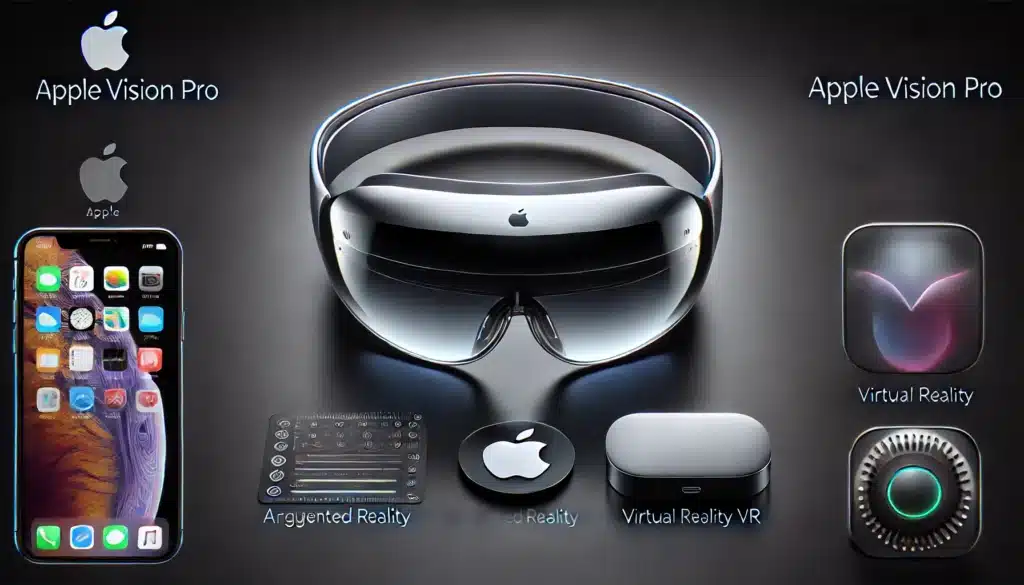
As Apple continues to innovate in this space, consumers can look forward to a future where AR and wearable technology become integral parts of their digital ecosystems. For now, all eyes are on Apple’s next moves, with anticipation building for what could be some of the most groundbreaking products in the company’s history.



